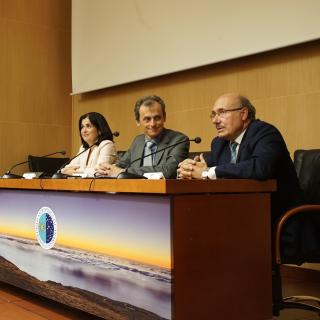
This was stated by the acting Minister for Science, Innovation, and the Universities, Pedro Duque who chaired the annual meeting of the Governing Council of the Instituto de Astrofísica de Canarias (IAC), held today at its La Laguna headquarters. Among the other matters dealt with was the state of the negotiations about large telescopes, and the draft budget for 2020 was approved which, if implemented, will be larger for the first time than the budget of the Institute prior to the economic crisis in 2018.
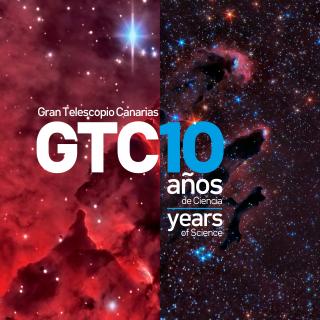
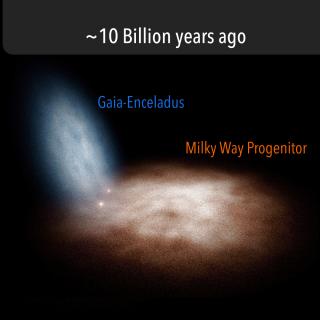
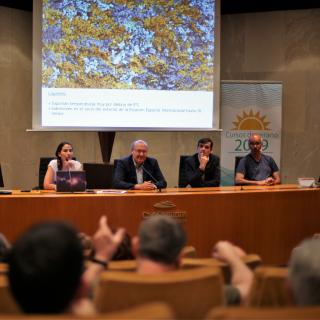
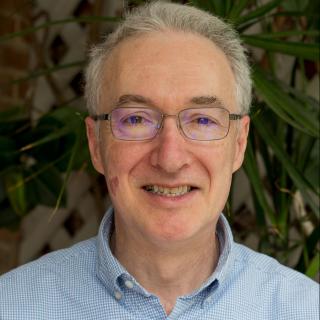
![A giant interstellar bubble being grown in the Andromeda galaxy Hα+[N II] imaging of the super-remnant in M31N 2008-12a taken with the Liverpool Telescope (left), and the Hubble Space Telescope and WFC3 (right).](/sites/default/files/styles/crop_square_2_2_to_320px/public/images/news/Galeria_IAC_figura_Pablo_Rdrguez.jpg?h=1acb51c4&itok=KgzBULrt)